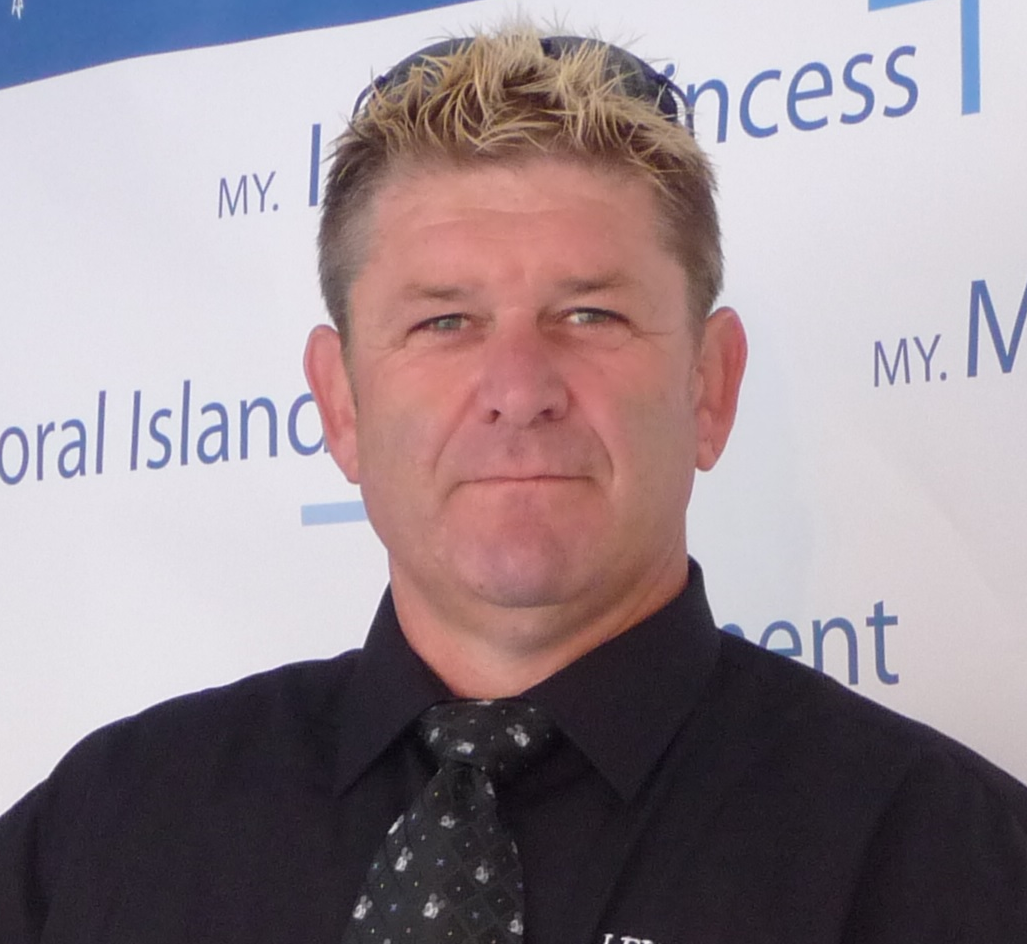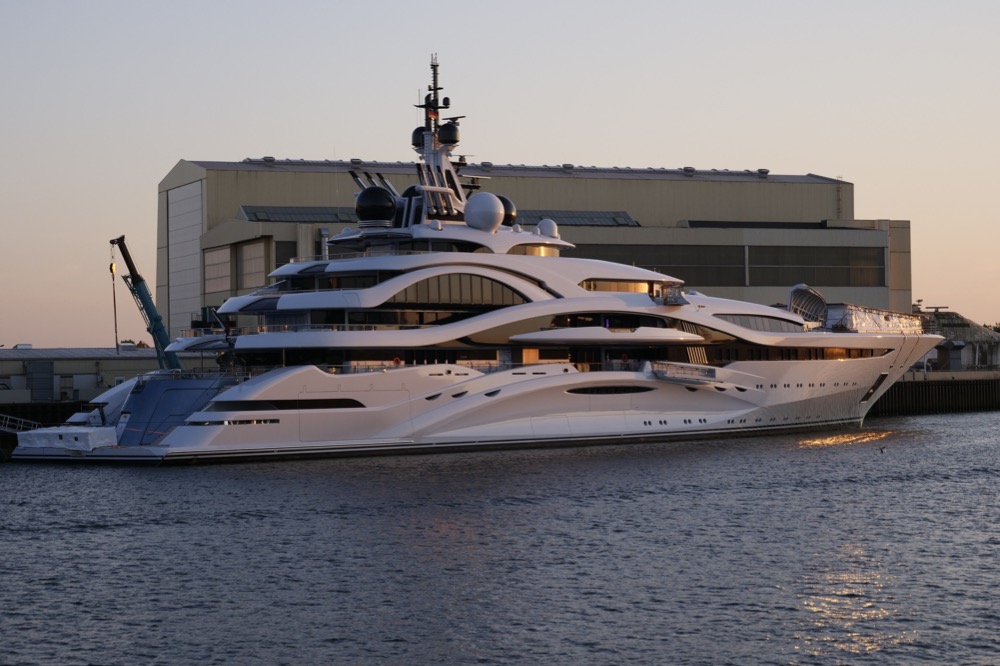The value of the classification society in new build or refit
Terry Allen discusses the role that these organisations play in new build and refit projects…
Terry Allen, Technical Director of McFarlane ShipDesign, discusses the value of a classification society in both new build and refit projects.
 Terry Allen, McFarlane ShipDesign.
Terry Allen, McFarlane ShipDesign.
Rules are the project manager’s best friend. In all games there are rules and they are there for a very basic reason - to create a level playing field for all involved and to enforce fair play where one team cannot take an unfair advantage of a weakness in the opposition.
A short time ago whilst delivering a presentation on project management I asked what I considered to be a testing question to the audience in an effort for myself to understand which angle of attack I should take to keep the crowd interested.
"Does anyone know what IACS is?" there were a lot of blank faces which surprised me and this pointed out to me the direction in which to take the conversation.
IACS is the International Association of Classification Societies. It is a technically based non-governmental organisation that currently consists of twelve members from the major marine classification societies. More than 90% of the world's cargo-carrying ships is covered by the classification standards set by member societies of IACS.
One of the biggest issues we have in the industry, as has been agreed by many in the past, is the lack of a governing body to ensure a quality of standards of the people that are controlling the projects. There are far too many people exercising the power of their role by making design and engineering decisions that are based on personal likes or dislikes.
I now understand a little better why this occurs. Most people in the industry are fully aware of the classification societies, but they seem totally unaware as to what role they play. They are not the police, they are there simply to ensure that safety is above all. To achieve this, they combine centuries of experience to create a standard which is there for everyone to use as the benchmark for design and functionality of the entirety of the vessel.
"One of the biggest issues we have in the industry, as has been agreed by many in the past, is the lack of a governing body to ensure a quality of standards of the people that are controlling the projects"
IACS covers all facets of shipbuilding from basic welding procedures, hull insert thickness, piping system, parameters of operation of pumping systems, for example fire and bilge, bridge systems and the requirements of the navigational components. It covers absolutely everything. Then there are the classification societies themselves all of whom have their own code that in most instances reflects what is already covered in IACS and to put the icing on the cake there are the flag state rules to adhere to.
With all these guidelines in place, how do projects go so wrong?
Firstly, human error, misinterpretations of the rules, egos and uninformed decisions often taken by unqualified people.
A lot of the time the problem is that project managers, interior designers as well as the shipyards themselves, forget whose boat they are building.
It must always be remembered that the role of the build team is to work together to ensure that the client gets the best vessel that is, above all, reliable and safe. In some cases, aesthetics are compromised over functionality but that is the job. Make it work and in the event of doubt, ask the client.
Present a short and concise list of the pros and cons then pose the question - “Sir, given the information, would you like it to work or just look pretty?”
There is absolutely no difference in the case of refit except for the fact that we do in some cases come across the unknown, but this can in all instances be traced back to a lack of preparation, poorly written specifications and also interpretation of the rules or let’s not forget the industries common standard of - don’t tell the boss, he might get upset!
In the instance an issue between parties concerning the “Interpretation of the rules” there is again a very standard procedure to follow that does not include personal opinions or preferences.
In the event of a dispute between the owner’s team and the shipyard, the owners team can write a very simple document called a “Request for Clarification” to the appropriate classification society responsible for the class certificates of the vessel. Class surveyors can sometimes miss details, they are human like us all, so in the event of dispute simply ask the class.
The result will always be to the benefit of the client, because the vessel will be built or repaired to a safe standard of practice, which in most cases, is also cost effective.
Profile links
NEW: Sign up for SuperyachtNewsweek!
Get the latest weekly news, in-depth reports, intelligence, and strategic insights, delivered directly from The Superyacht Group's editors and market analysts.
Stay at the forefront of the superyacht industry with SuperyachtNewsweek
Click here to become part of The Superyacht Group community, and join us in our mission to make this industry accessible to all, and prosperous for the long-term. We are offering access to the superyacht industry’s most comprehensive and longstanding archive of business-critical information, as well as a comprehensive, real-time superyacht fleet database, for just £10 per month, because we are One Industry with One Mission. Sign up here.
NEW: Sign up for
SuperyachtNewsweek!
Get the latest weekly news, in-depth reports, intelligence, and strategic insights, delivered directly from The Superyacht Group's editors and market analysts.
Stay at the forefront of the superyacht industry with SuperyachtNewsweek




